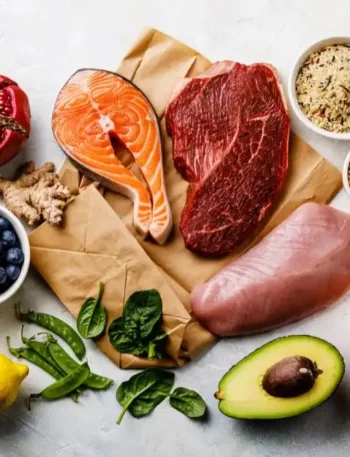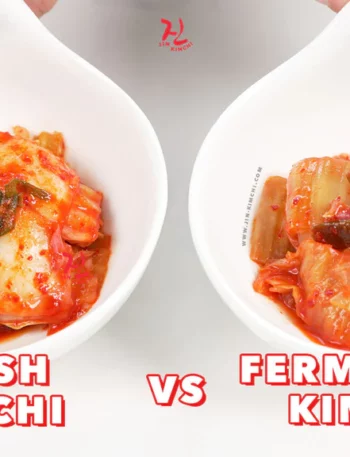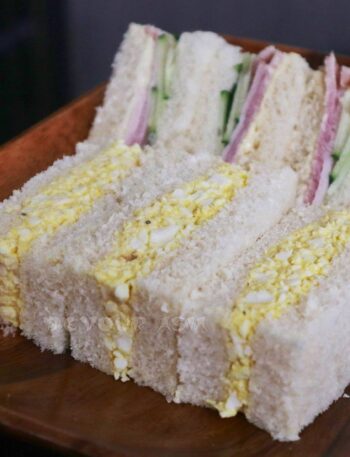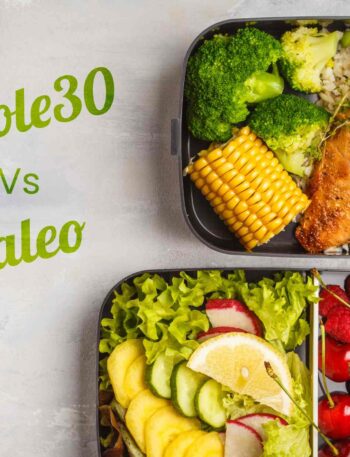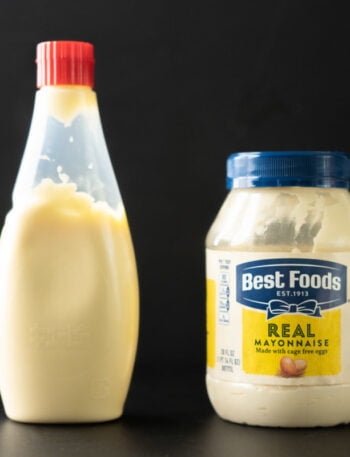There’s something irresistible about the combination of salt and sweet. Whether it’s the crunch of a chocolate-covered pretzel or the luxurious richness of salted caramel, these flavor pairings tantalize taste buds in ways that are both comforting and exciting. But why does this duo work so well together? The answer lies in science, history, and our innate love of contrast.

Image by Unsplash
The Science Behind Salt and Sweet Pairing
Physiological Response
Our taste buds are equipped to perceive five primary tastes: sweet, salty, sour, bitter, and umami. Sweetness signals energy-rich foods, while salt is crucial for maintaining the body’s electrolyte balance. When these two flavors meet, they create a harmonious contrast that stimulates our taste receptors more intensely than either flavor alone.
Flavor Enhancement
Salt does more than add its own flavor; it suppresses bitterness and enhances sweetness. This interplay creates a fuller, richer flavor profile. The presence of salt can amplify the perception of sweetness, making desserts like salted caramel more indulgent.
Cultural and Historical Examples of Salt and Sweet
Global Culinary Traditions
Salt and sweet pairings aren’t a modern invention. Cultures around the world have been blending these flavors for centuries:
- France: Salted caramel, a classic French delicacy, balances buttery sweetness with a hint of salt.
- United States: Chocolate-covered pretzels and salted peanut butter cookies are staples in American cuisine.
- Southeast Asia: Mango slices dipped in chili powder and salt provide a spicy-sweet-salty explosion of flavors.
Ancient Practices
Even in ancient times, people understood the magic of salt and sweet. Roman and medieval chefs often used salt to enhance desserts, mixing honey and salt in baked goods.
Why Salt Enhances Sweetness
- Chemical Reactions
At a molecular level, sodium ions in salt interact with sugar molecules, making sweet flavors more pronounced. This is why just a pinch of salt can elevate the flavor of desserts like cookies and cakes.
- Neurological Effects
Salt triggers the brain’s reward centers, making sweet foods taste even better. This combination creates a sensory experience that feels both satisfying and indulgent.
Examples in Modern Cooking
- Sea Salt on Brownies: The salt cuts through the richness of chocolate, creating a balanced bite.
- Salted Honey: A drizzle over yogurt or toast transforms a simple snack into a gourmet treat.
Tips for Perfect Salt and Sweet Pairings
- Finding the Right Balance. Too much salt can overpower sweetness, while too little might go unnoticed. Start with a small pinch and adjust to taste.
- Choosing the Right Salt. Different salts bring unique flavors and textures to the table:
- Table Salt: Fine and easily dissolvable, but lacks the complexity of other salts.
- Sea Salt: Adds a subtle crunch and briny flavor.
- Himalayan Pink Salt: Offers a mild, earthy taste.
Pairing Suggestions
- Dark Chocolate and Sea Salt: The bitterness of dark chocolate is tempered by a sprinkle of salt.
- Salted Maple Syrup: Perfect over pancakes or roasted vegetables.
- Fruit and Cheese Platters: Combine salted nuts with fresh fruit and creamy cheeses for a balanced snack.
Health Implications
- Moderation Is Key
While salt and sweet combinations are delicious, it’s important to enjoy them in moderation. Excessive salt or sugar intake can lead to health issues like high blood pressure or diabetes. Be mindful of portion sizes and opt for natural ingredients whenever possible.
- Low-Sodium Alternatives
If you’re watching your salt intake, consider using herbs, spices, or low-sodium salts to achieve a similar effect without the health risks.
The combination of salt and sweet is more than just a culinary trend—it’s a timeless pairing rooted in science, history, and human nature. Whether you’re enjoying a salted caramel latte or experimenting with new recipes, the interplay of these flavors can transform ordinary dishes into unforgettable experiences. So, don’t be afraid to get creative and explore the endless possibilities of this dynamic duo in your kitchen!


